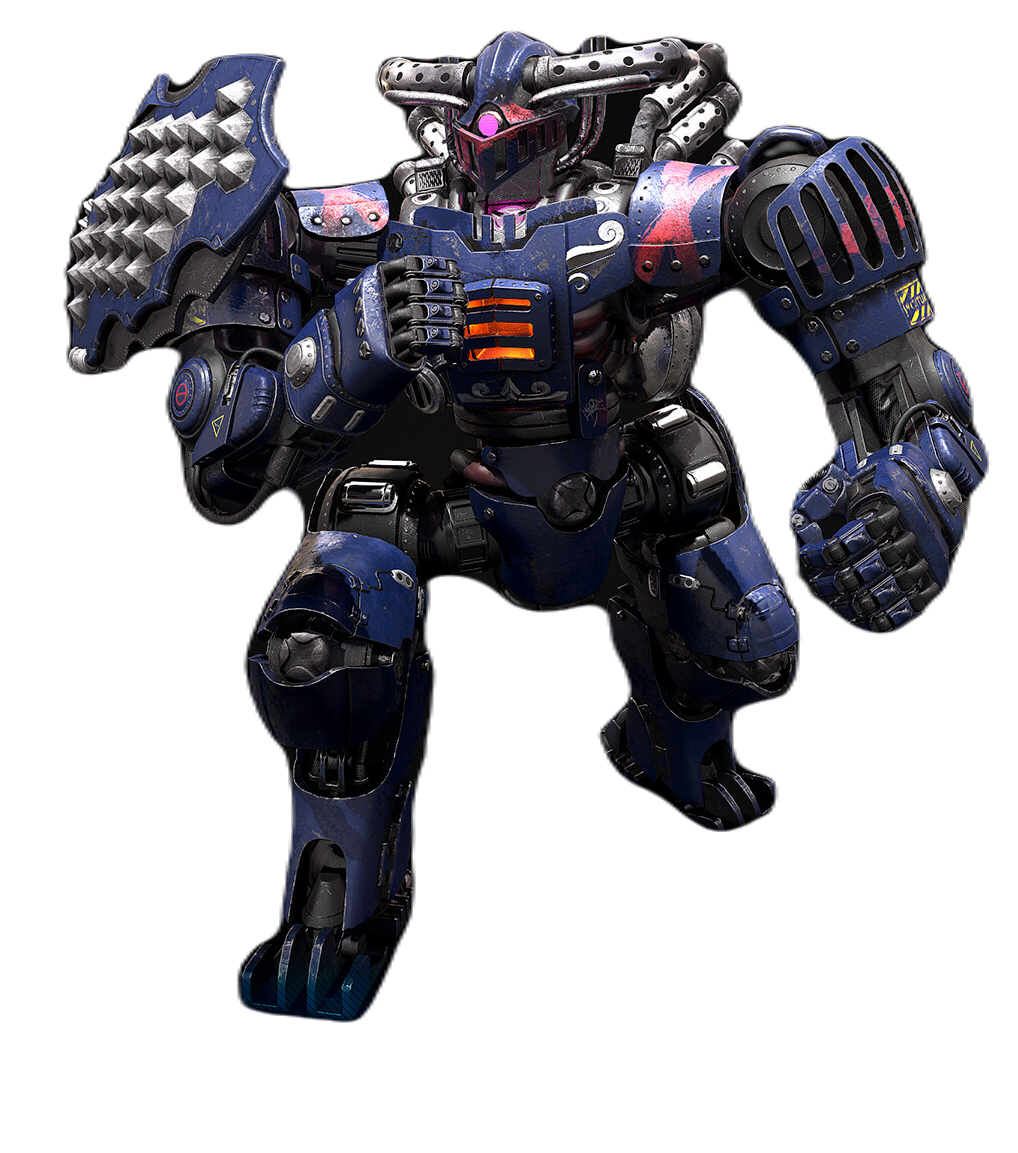When it comes to developing a dApp, it’s worth noting that the back-end part runs on a blockchain system of your choice, such as Ethereum, as opposed to conventional applications where the back end rests on a centralized server. Interestingly, dApps can have external code and user interfaces programming in any language as well as deployed on any server or a number thereof in order to interact with the internal logic.
Everything begins with the development of the traditional part of your Web3 game. Our team works on a game design document (GDD), plans all the workflows, produces art, animates it, and writes scripts, uploading all this into a game engine such as Unity or Unreal for further manipulation.
When the blockchain part kicks in, we already have the basic functionality and gameplay ready for the integration of Web3-related aspects. Powered by all the back-end logic in tamper-resistant and incredibly secure smart contracts, dApps have many advantages compared to Web2 systems:
- better privacy;
- resistance to censorship;
- zero downtime;
- logic execution with a minimum level of trust.
Nevertheless, these benefits also have some downsides to them. Managing and maintaining a Web3 game may require a lot of effort, inasmuch as the code deployed on a blockchain is not subject to change by default. In addition, since all the logic runs on a distributed ledger, operating costs increase as well. Still, you shouldn’t worry too much if you opt for our Web3 game development services because our professionals know the score in these new systems.
Game-Ace can point out 3 components of Web3 game development, including smart contracts, UI and front-end logic, as well as data storage.
First, smart contracts store the business logic of your Web3 game and its state.
Second, the front end and UI can be developed using standard web-based technologies like HTML and JavaScript. Notably, this enables our specialists to make use of familiar tools, libraries, and frameworks. The client-side UI is usually connected with smart contracts via client-side libraries, bundled with front-end resources, and sent to the browser along with the UI.
Third, the data storage system can be created with the help of off-chain storage services, including IPFS or Filecoin, leaving the blockchain only to store the essential business logic and state.
When all the parts are done and combined, it’s time for quality assurance and control to make sure that all the systems work just fine, the performance is as expected, as well as the product is free of critical errors that may affect the player experience negatively.












































